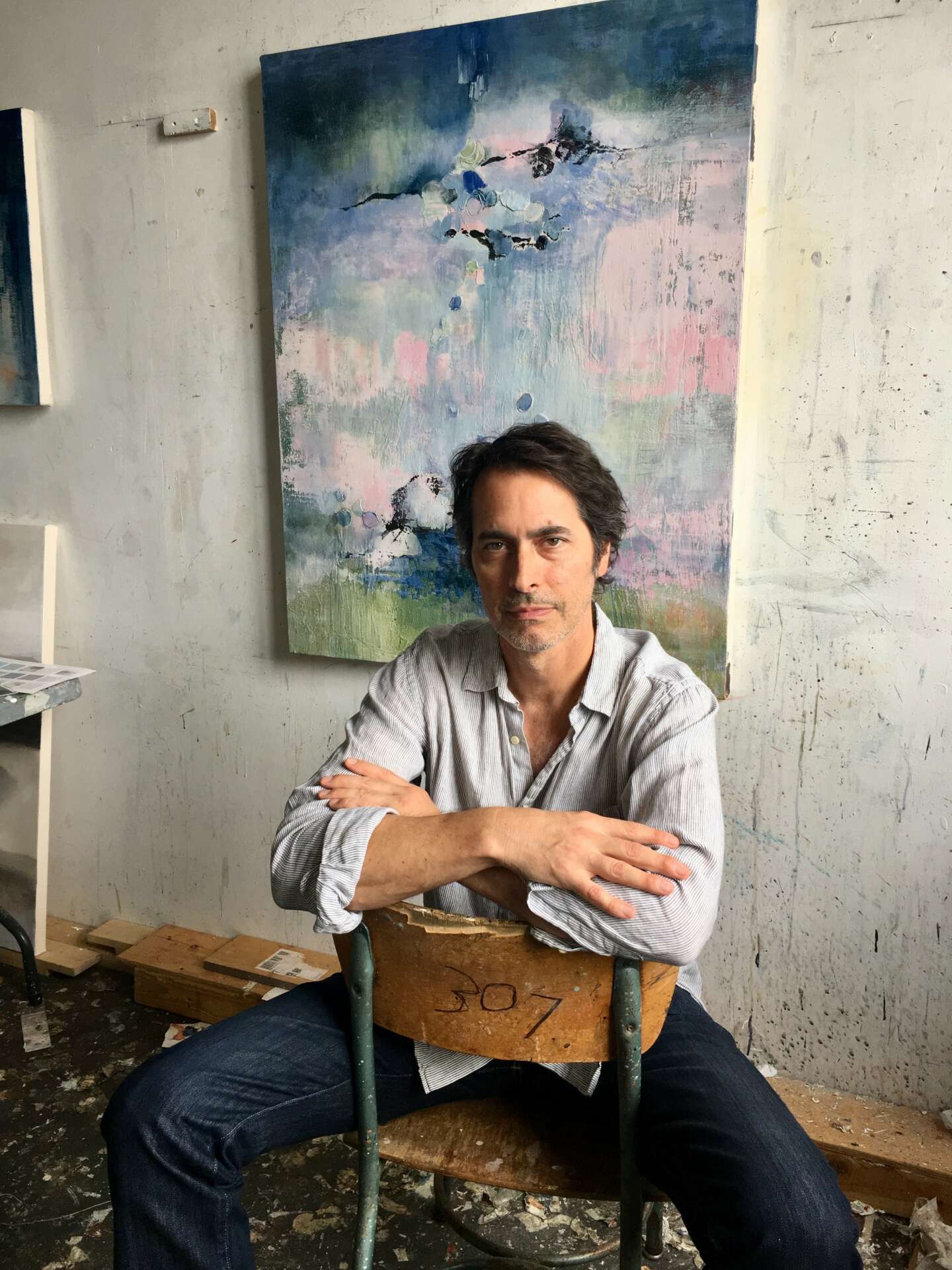We were lucky to catch up with Andrei Petrov recently and have shared our conversation below.
Alright, Andrei thanks for taking the time to share your stories and insights with us today. Can you talk to us about how you learned to do what you do?
I learned drawing doing cereal boxes from one lower corner to the rest of the paper. Then I drew cartoon characters and later drew and painted from the model and did still-lifes. My father taught me basic skills, but I mostly learned by doing. Sketching and doing marker drawings enhanced my coordination between eye and hand. College taught me drawing and painting and some sculpture. Museum visits, practice, and dedication to finding the most accomplished artists or works to study to learn from were the ways I learned informally outside of school.

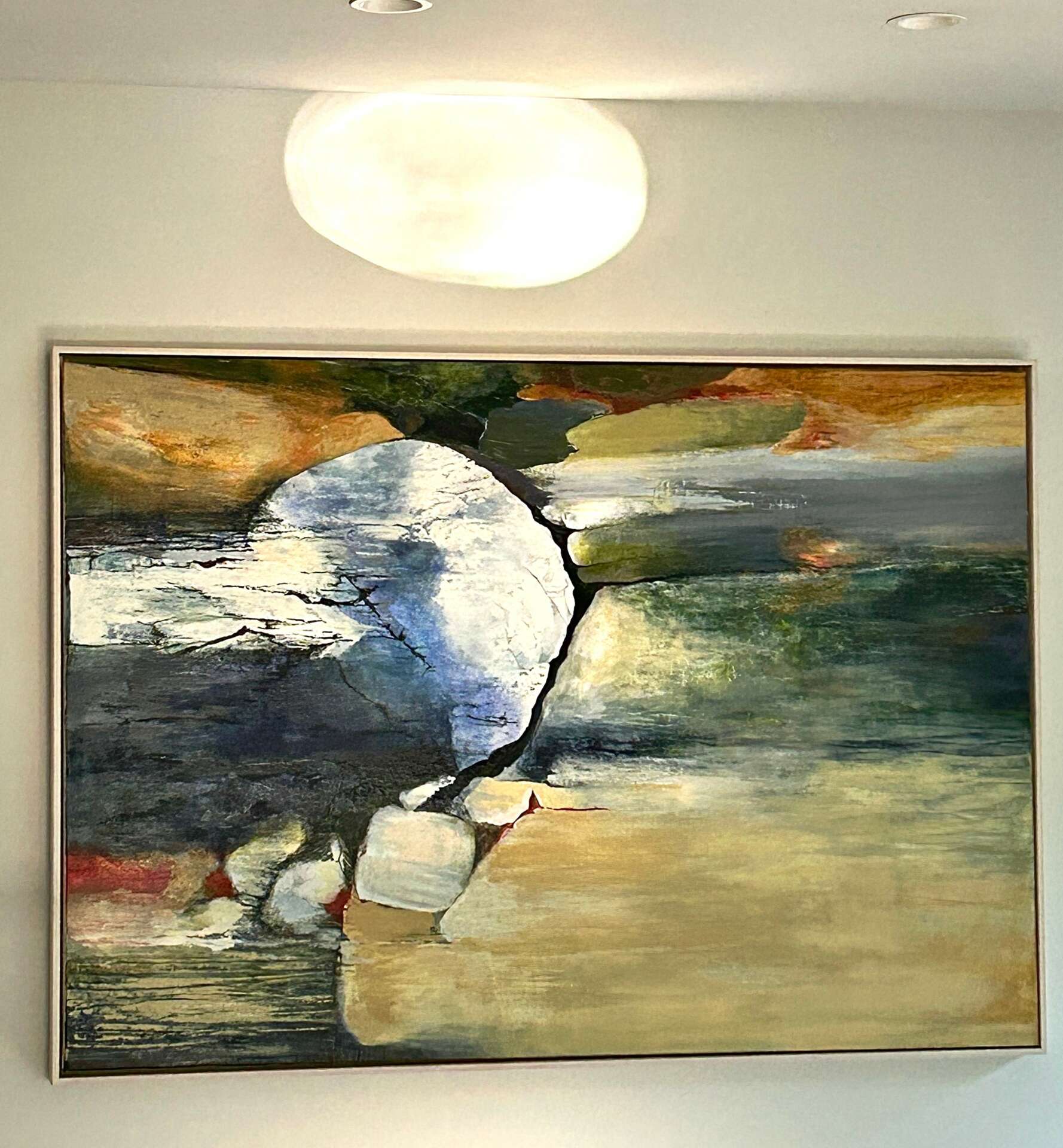
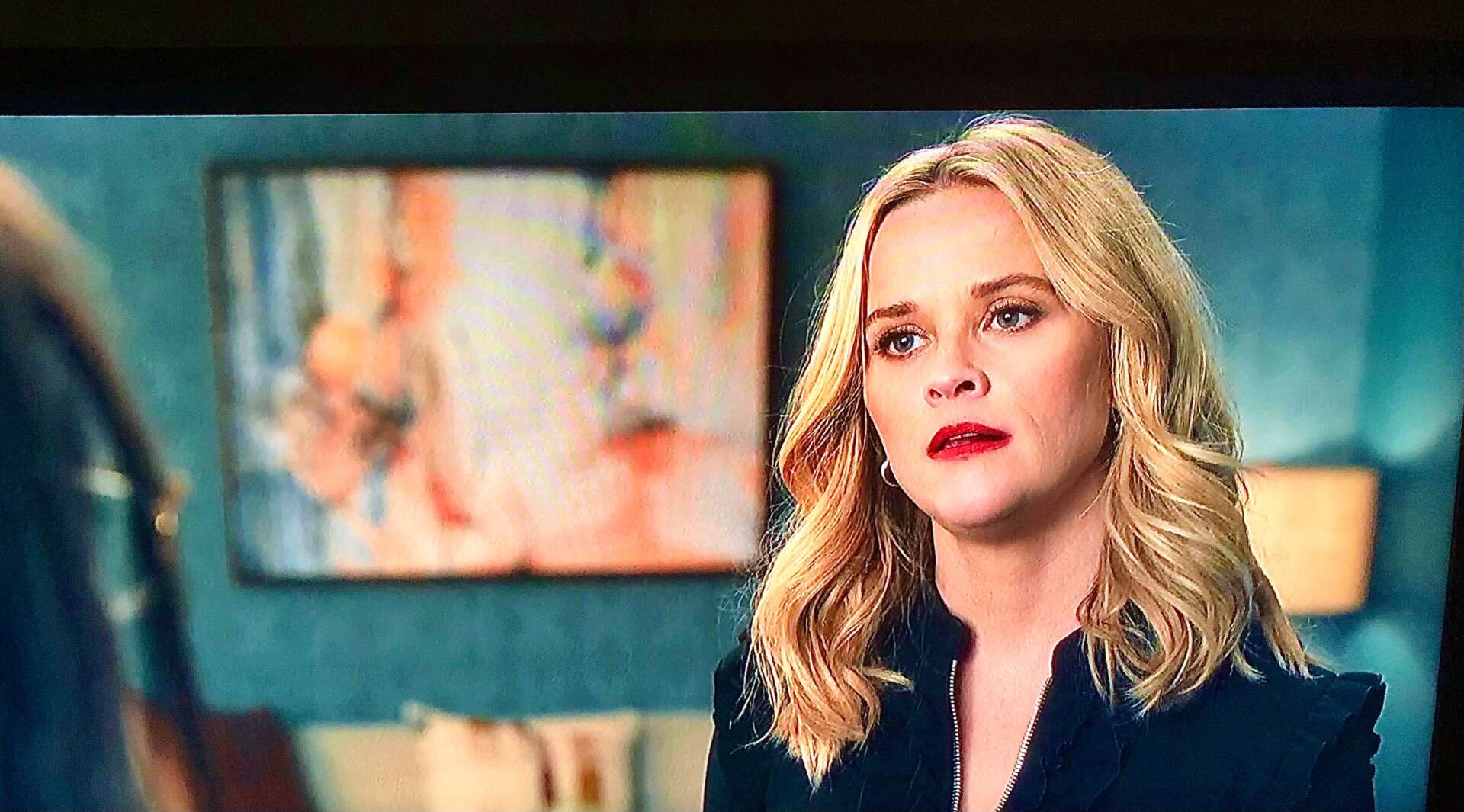
Awesome – so before we get into the rest of our questions, can you briefly introduce yourself to our readers.
My parents were in the theatre and film/TV industry; my mother an actress and my father a set designer/art director. My father’s brother was a museum collected one armed painter in the Dada Surrealist vein. I had to do that I told myself. My uncle did fascinating paintings. That was enough for me and I drew cereal boxes and cartoon characters until I formed my own recognizable style.
As an artist, I have to be a magician that is able to be anyone at any place or any time. I have to be convincing and earn trust through credentials and qualifiers that warrant the investment in my work. I have to keep people’s attention in this low attention span world. When I’m asked at social gatherings I have to explain what my work is about or why it’s different without over describing and appearing haughty.. Mostly though I don’t have to do this as much as my work is handled through galleries and art consultants where I am represented , explained, and placed into collections. private and public.
My ability to work with art people in different cities has increased exposure and revenue. Many artists are locked into one gallery that can’t sell enough to sustain oneself and are contractually bound and can’t show with someone else.
It satisfies me when someone takes a shining to a piece and I see the reaction. It’s a beautiful moment that’s hard to describe. Love at first sight wouldn’t come close. People will tell me years after their first acquisition of a painting that it still thrills them and their company.
Film and television play a part in my career; I figured out how to lease my paintings to productions and create a nice revenue river. Sometimes I will be watching a streamed show and see my painting in Paul Giamatti’s living room.
That gives me a laugh, but helps pay bills.
What matters most is making something that is personal to me that can reach people so much so that that buy my work and continue to because they still find it interesting many years later. Since I don’t have any auction records for my work I can’t use that measure. Some of my collectors own works of artists in museums, but they flip them at auction or keep them in storage to save insurance costs having them at home. They don’t auction my work which is a good sign there’s true affection for my work.
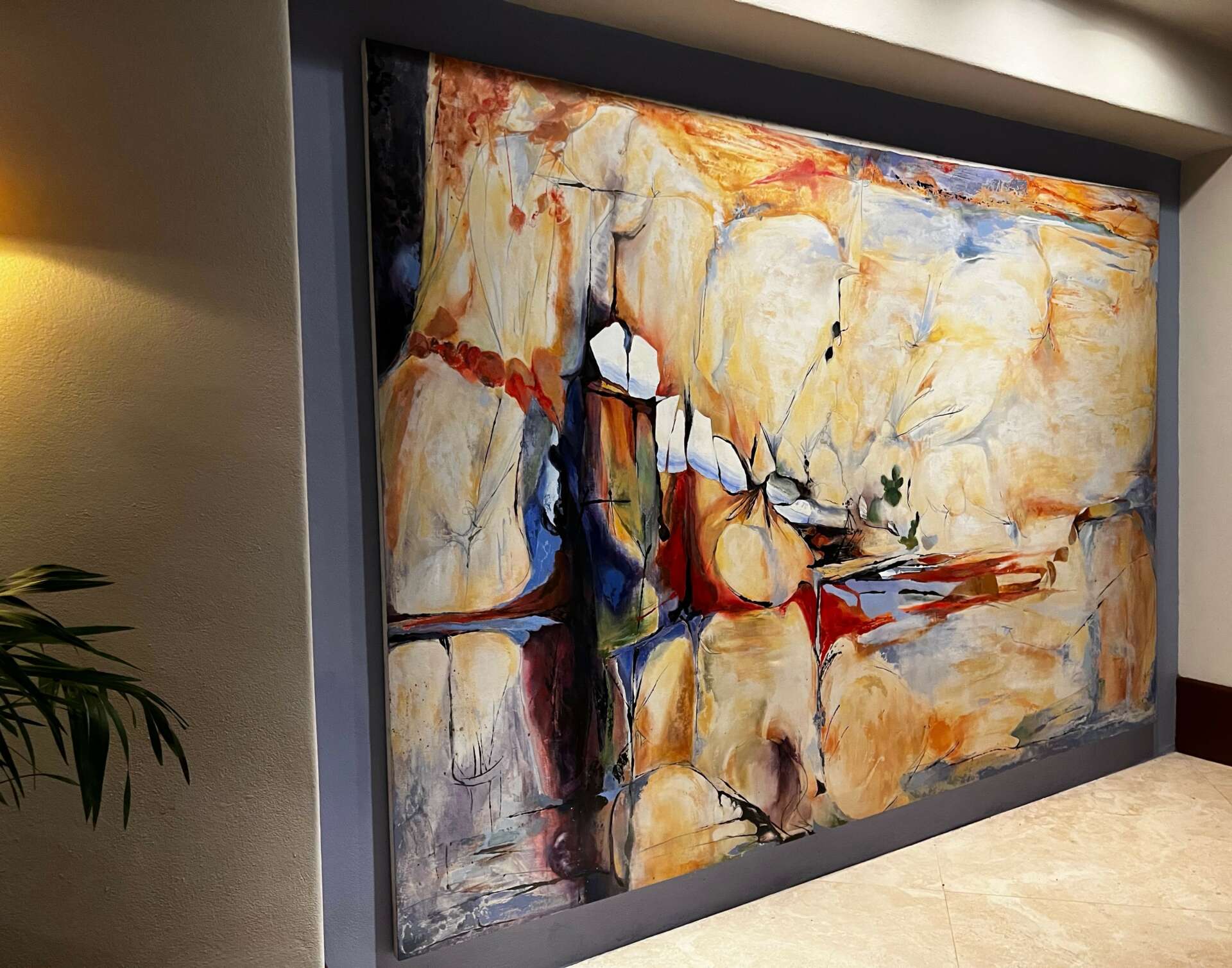

Alright – so here’s a fun one. What do you think about NFTs?
I think NFT’s are another way to keep people from buying genuine hand made art. It’s a scam. If there’s a power outage you have nothing to look at or sell. It’s hard to fathom someone caring about NFTs like someone who appreciates a vanGogh.
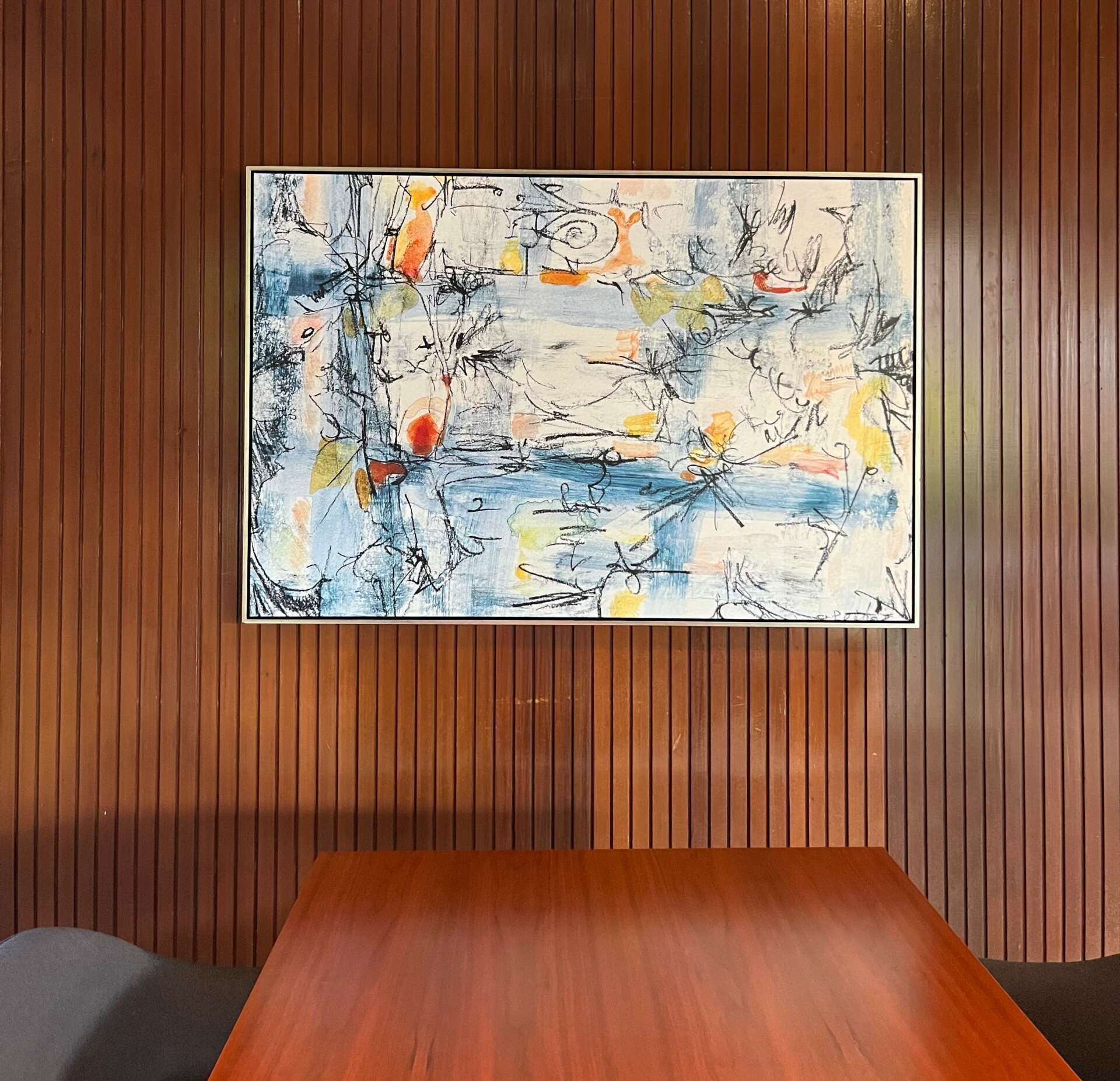

For you, what’s the most rewarding aspect of being a creative?
My satisfaction comes from making something meaningful from nothing and having someone fall in love with it for reasons I may not know and then acquiring it and lighting it well and providing a nice home for it. Bringing beauty, pleasure, and a temporary visual escape to those open to it makes it worthwhile and adds to the tactile, physical purity of life in a digital world.
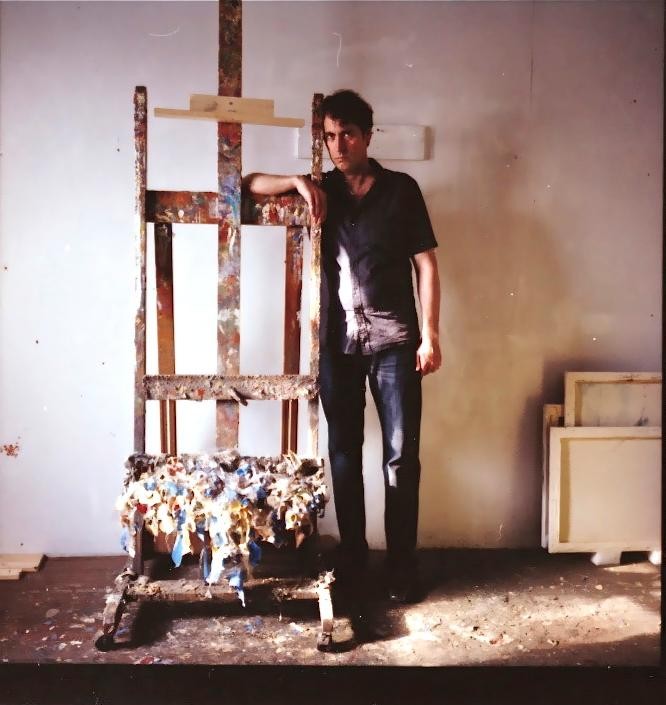
Contact Info:
- Website: Andreipetrov.com


